Helios 44-4 Lens Review: A Swirly Bokeh Portrait Lens for $30
The Helios 44-4 58mm f/2 is a vintage Soviet-era lens with a cult following for it’s unique ‘swirly’ bokeh. For $30, it clocks in as one of the best portrait lenses for a mirrorless body you can find.
If you have reservations about a manual focus portrait lens, you’re not alone. I’ve fallen in love with my manual focus Rokinon 12mm wide angle, but a fast telephoto lens is a whole different ball game.
The swirly bokeh I was seeing all over Instagram and Tumblr finally seduced me, and when I found a lens with a Fuji X adapter for $30 flat, I had no choice but to order it with 2-day shipping.
Technical Specs of the Helios 44-4
- Focal Length: 58mm (effectively 87mm on a APS-C body)
- Aperture Range: f/2 – f/16
- Minimum Focusing Distance: 0.5 m
- Number of Aperture Blades: 8
- Lens Mount: Adapters commonly available for every camera system (Sony, Fuji, Panasonic, Olympus, Canon, Nikon, and more).
- Weight: ~8 ounces
- Weather sealed: no
The build construction is substantial: solid metal and steel. Note that the adapter you use will likely feel cheap and plastic-y in comparison to the Helios 44-4!
The aperture ring holds firmly in place, and the focus ring is nice and smooth. Maximum sharpness is attained around f/5.6–f/8, but to use this lens at anything other than f/2 feels like a waste.
Shooting with the Helios 44-4
I invited some friends out to Central Park in the late afternoon so I could get some test shots on my Fuji X-pro2. Manual focus is… weird, and the focal length is substantially longer than anything I’d shot with in a while.
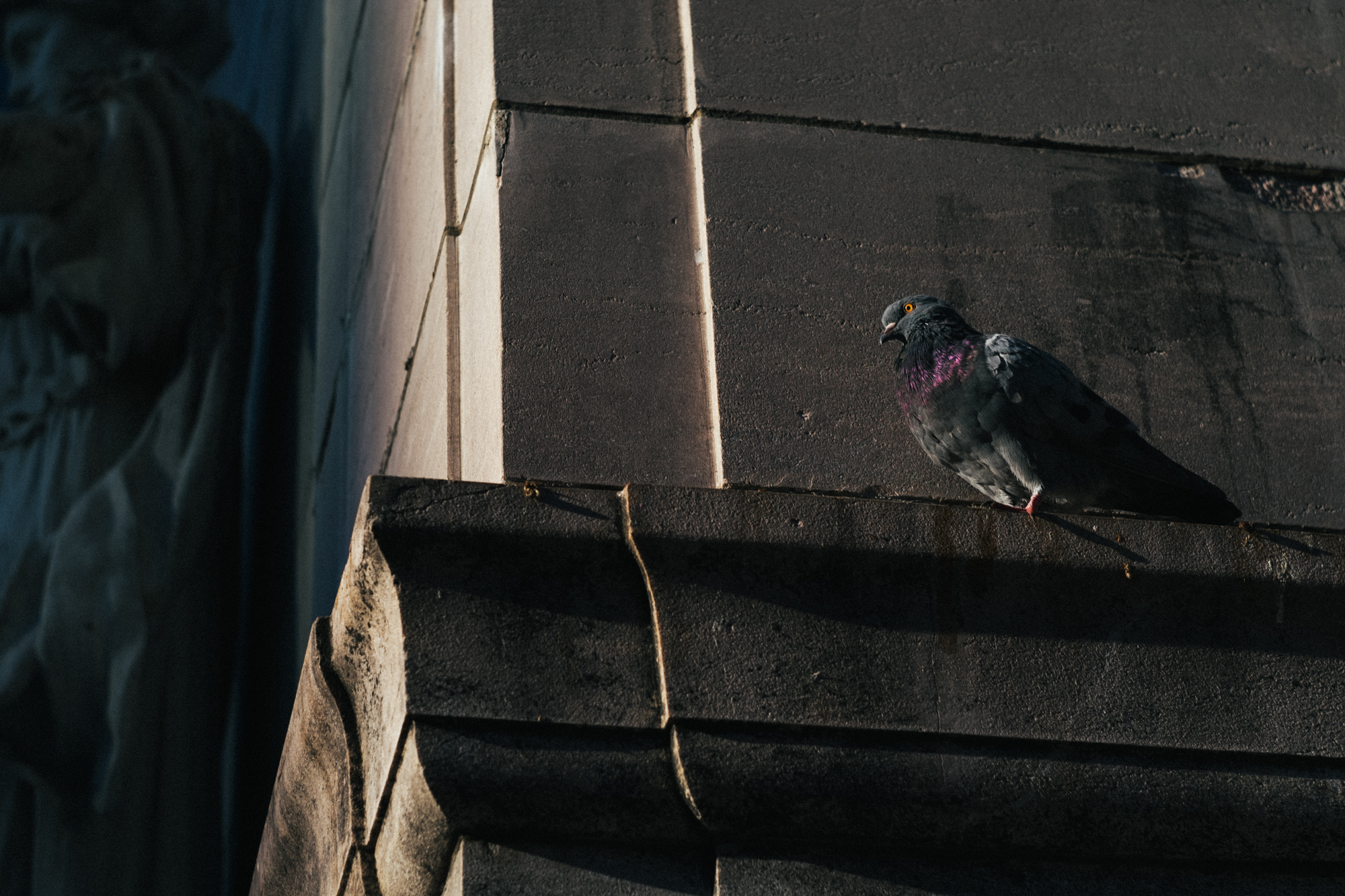
After taking a single test shot on a nearby pigeon – and successfully nailing the focus – I felt confident enough to start shooting my friends as we walked through Central Park.
Manual Focusing with the Helios 44-4
The Fuji X-pro2’s focus peaking ended up being more of a distraction than an aid, so I did my best to eyeball my shots in the EVF. While I missed critical focus on a good amount of shots, I noticed something.
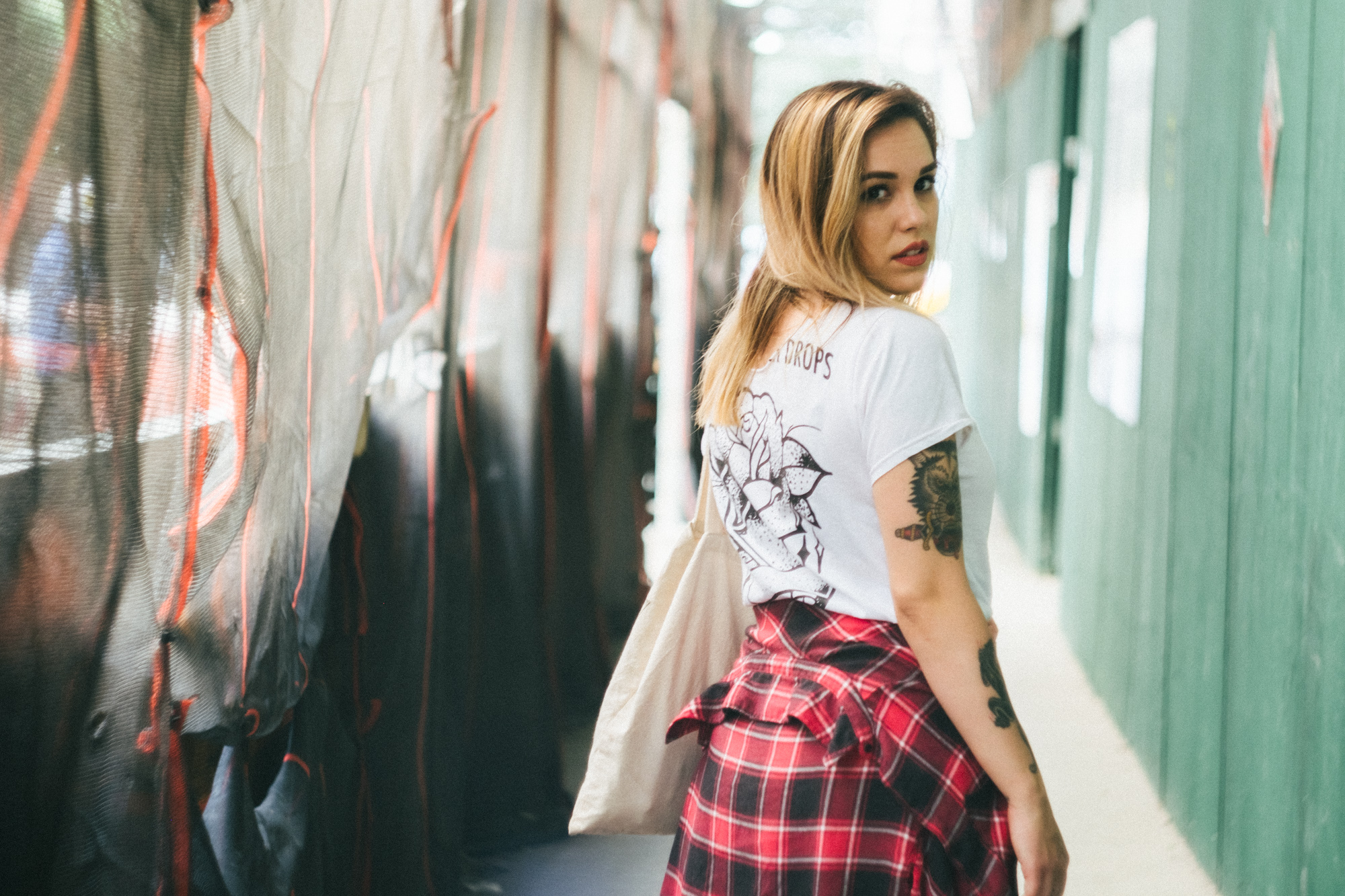
In the words of Henri Cartier-Bresson, “sharpness is a bourgeois concept”.
The slightly out of focus shots still had a distinct mood to them – a mood that may not have been improved with tack sharp focus on the subject’s eye. This old soviet lens has a dreamy, bloomy feel – the highlights blow out and glow in a pleasing gradient, and there’s a uniform softness to the images. Instead of pushing itself to be the sharpest lens around, the Helios 44-4 leans in to it’s optical quality for a more atmospheric, filmic aesthetic.
Normally, I’m the first person to wax poetic about the stunning clarity of the Sigma DP2 Merrill, or the pristine sharpness of the Fujinon 35mm f/1.4 (my favorite Fuji lens). But all the same, I fell in love.
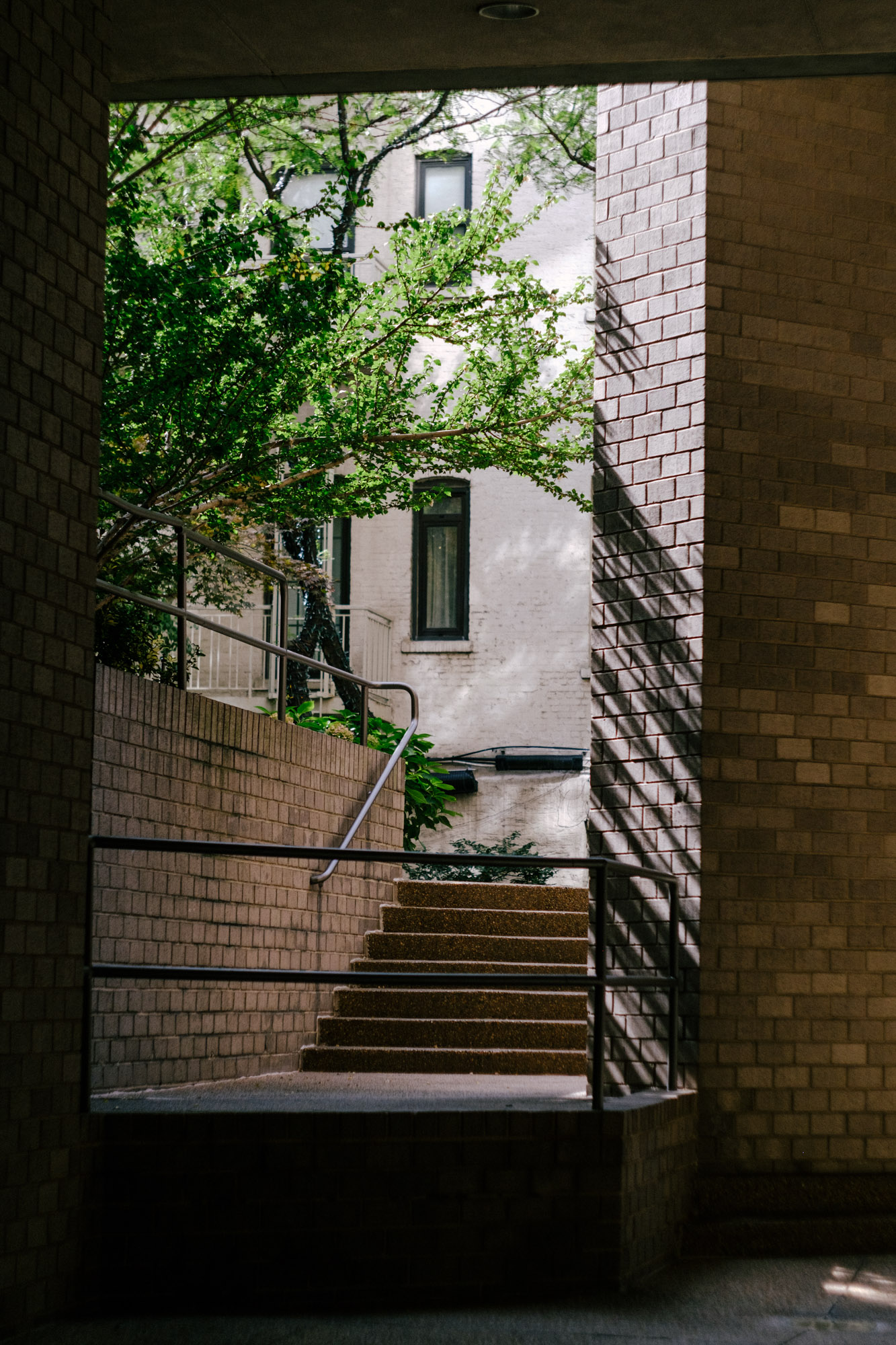
Now, that’s certainly not to say that the Helios 44-4 doesn’t render sharpness when the operator nails the focus.
When reviewing the above photo of an indoor courtyard on the Upper East Side of Manhattan, you’ll notice the tack-sharp of the leaves and the gorgeous, swirly fall-off at the upper and lower edges of the frame.
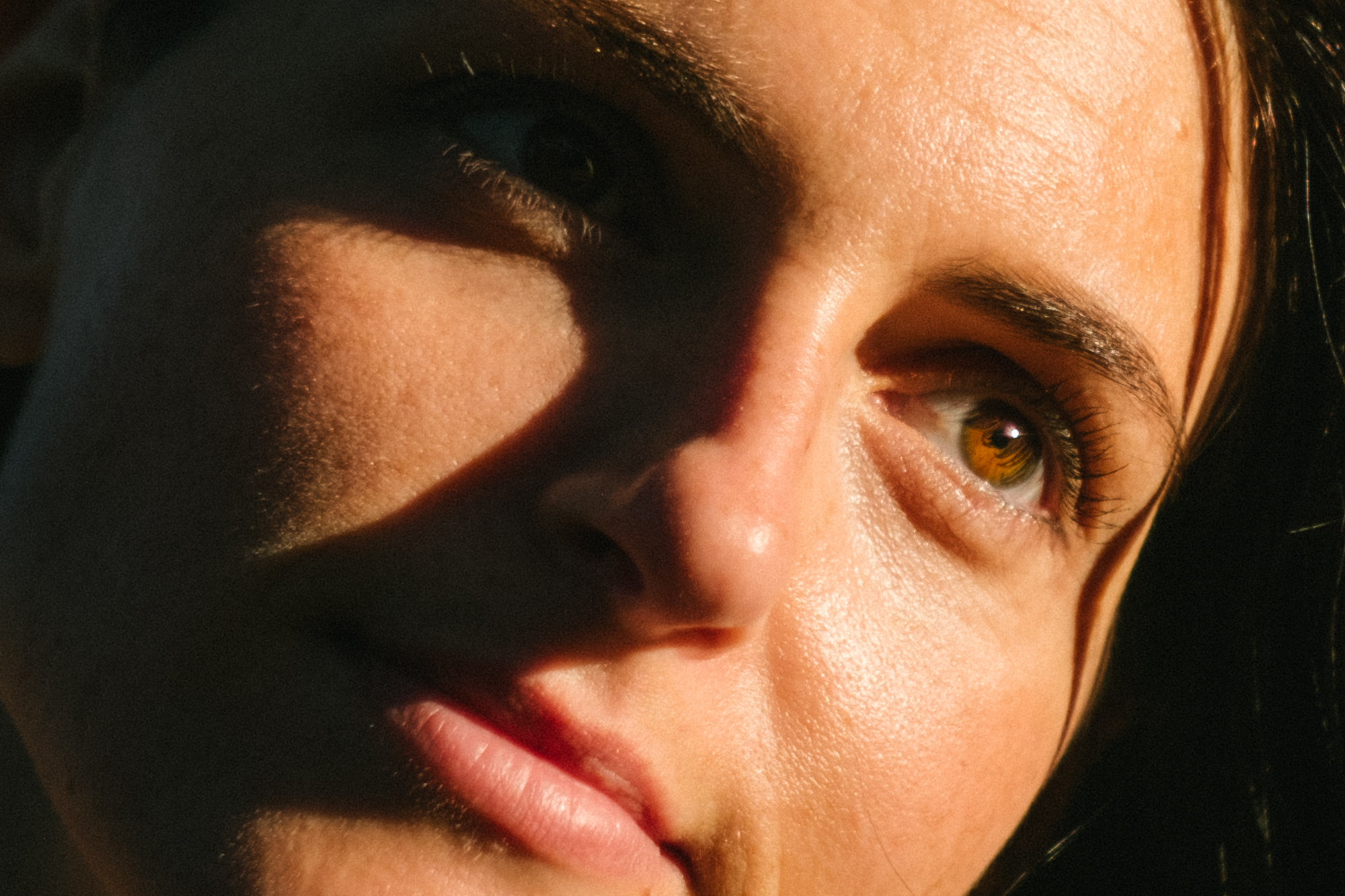
Not sharp enough for you? Check out the above portrait at 100% crop: you’ll notice the detail in her skin, iris, and brow – and get a better look at that highlight bloom: love it or hate it, it’s a big part of what this lens brings to the table.
The highlight bloom is caused by “spherical aberration”, a manufacturing flaw prevalent in older lenses. It’s especially noticeable in backlit or overexposed compositions: note the glow around her nose, forearm, and coffee cup.

This visual effect used to be very popular in cinema, with manufacturers developing special filters to get the “bloom” with normal lenses – so I think of it less as a design flaw and more as the character of the lens.
Now… about that swirly bokeh.
The Helios 44-4’s Swirly Bokeh
This characteristic is the reason the Helios lens family has become a cult favorite: elliptical, circular, (some say nauseating) bokeh patterns that create a swirl around the in-focus subject.
Funnily enough, this optical quality was also considered an engineering defect: newer versions of the Helios lens phased it out. The Helios 44-4, being one of the earliest models, exhibits some of the most dramatic swirly bokeh.

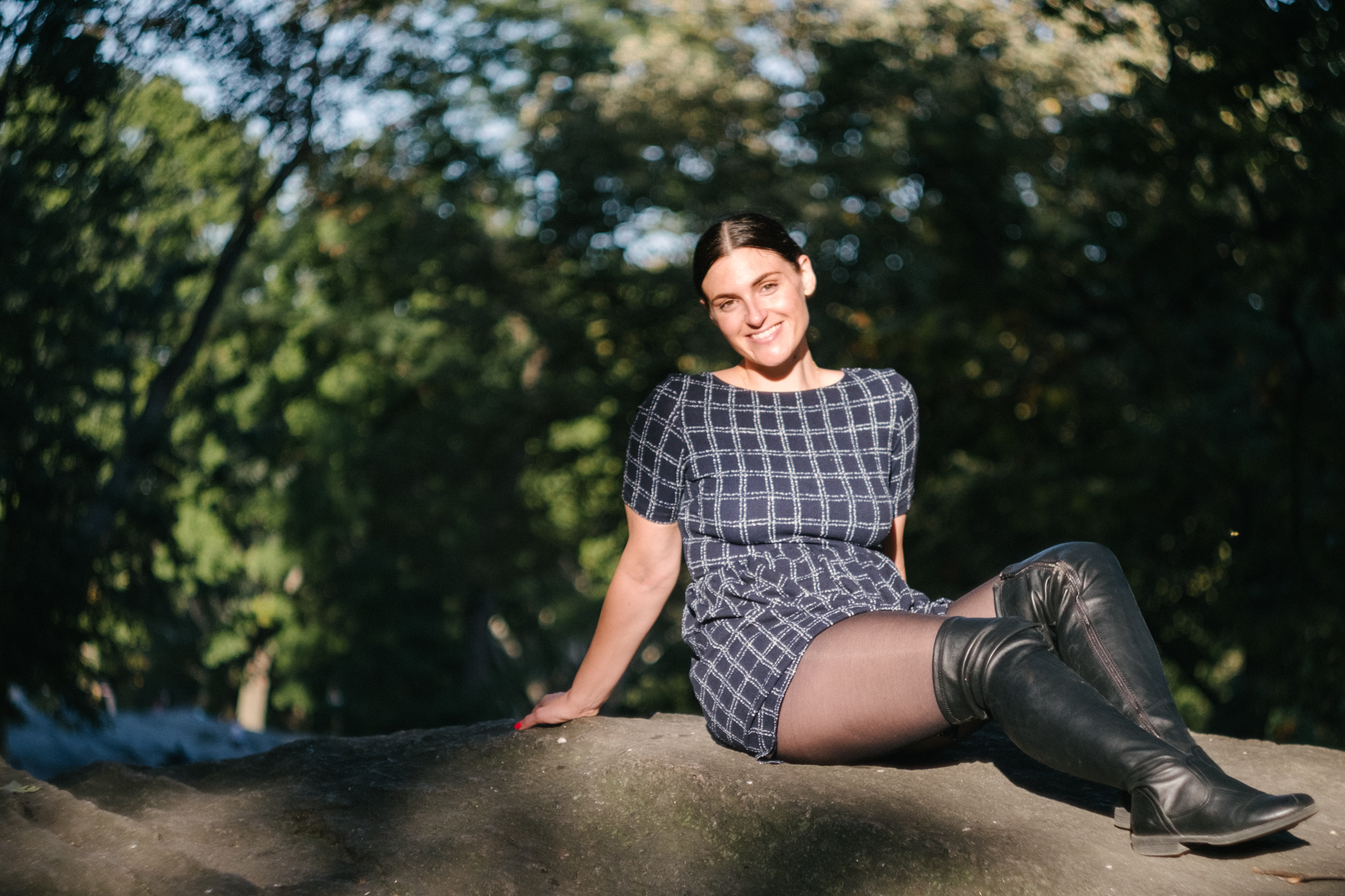
The look is not for everybody, but it’s perfect for me.
The best way to maximize the swirly bokeh – particularly on a micro four thirds system where your sensor is smaller and the bokeh is harder to come by – is to stay wide open at f/2, keep your subject within a few feet of you, and have lots and lots of specular highlights in the background (at least 20 feet away). A sunny forest is ideal for this, but the options are limitless: a glimmering body of water, the pattern of windows on a skyscraper, or even blades of grass can create stunning swirls.
Note that when you don’t maximize the swirly potential of the lens, the bokeh renders more like a dreamy, muted watercolor that can give your images a 3D pop. Check out the grass in the lower corners.
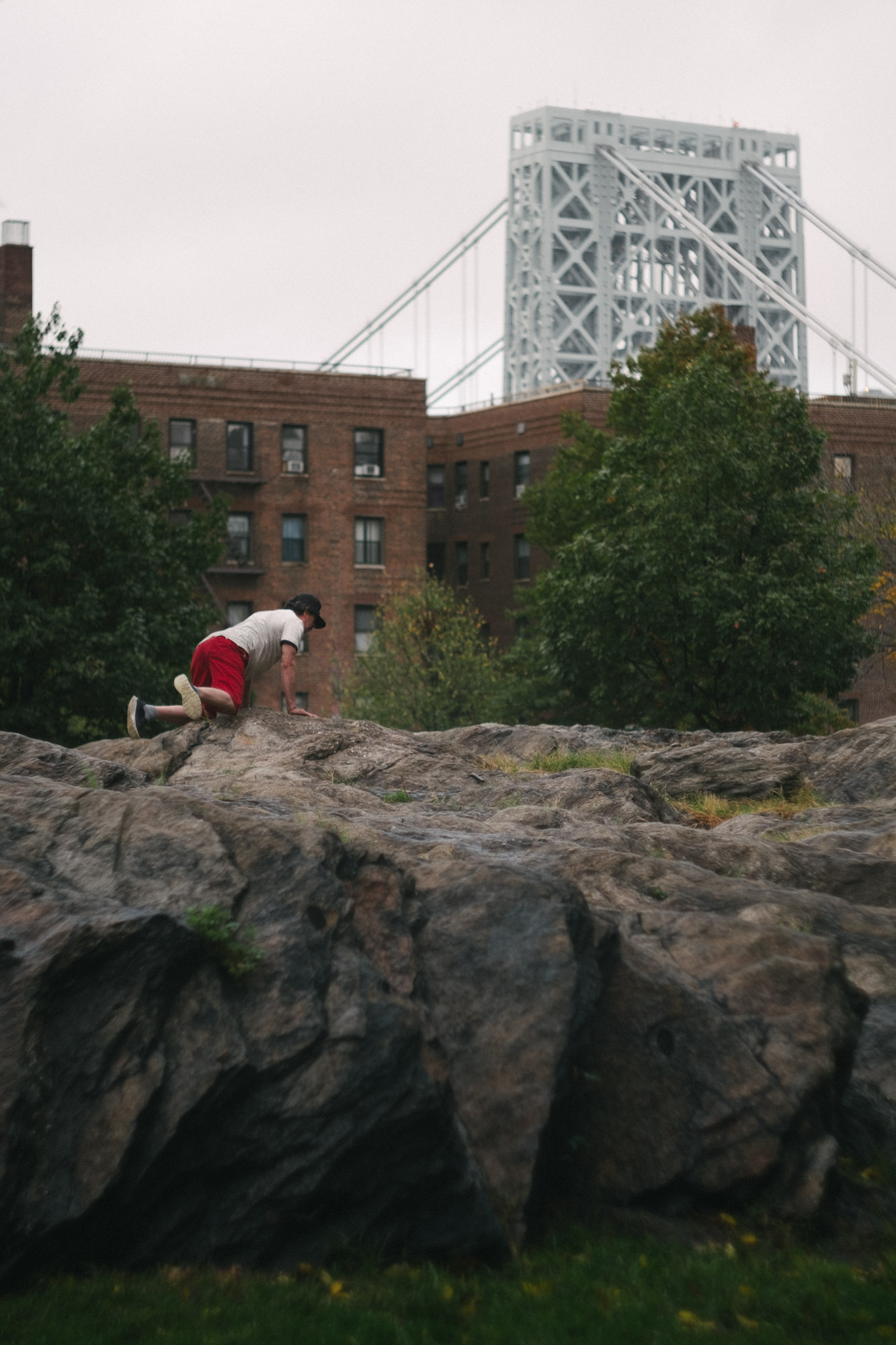
Is the Helios 44-4 Right for Your Shooting Style?
For my shooting style, the distinct characteristics of this lens are much better suited for portraiture. With that said, you can certainly use the Helios 44-4 for other types of photography, like street, travel, or architecture. The effective 87mm focal length is an unusual choice for these types of shots, but that unique perspective can be fun to play around with.

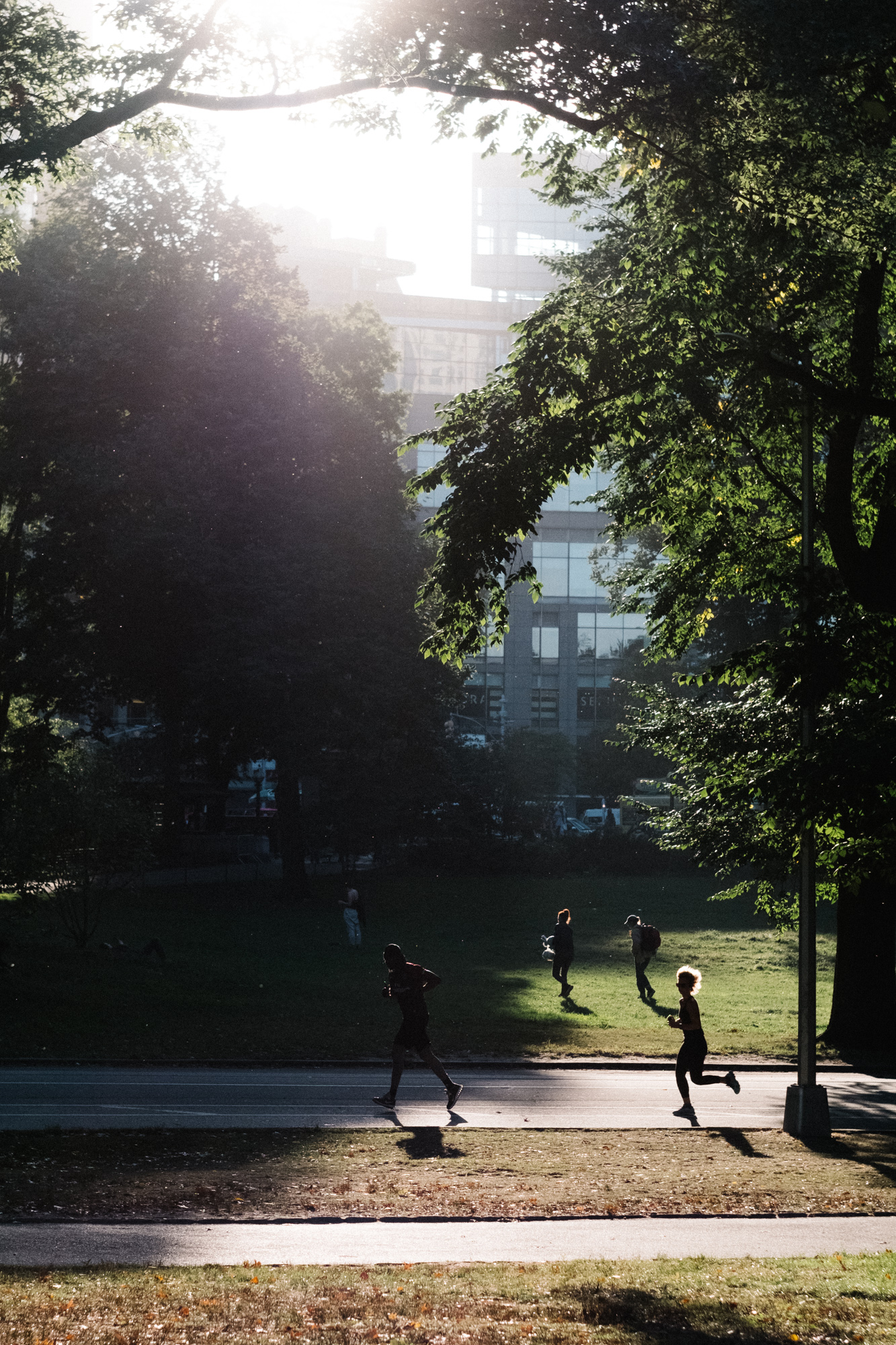
Notice the quality of the flaring. Keeping true to the ‘blooming’ nature of the highlights, the lens flare renders as a large, soft ellipse in the frame, without totally knocking contrast out of the rest of the photograph.
Stopping down, you can decrease the amount of flaring and washing out even further. In practice, shooting the Helios 44-4 wide open at f/2 will present maximum chromatic aberration, vignetting, flaring, and softness… but the drawbacks of this lens at their worst have never ruined a shot for me.
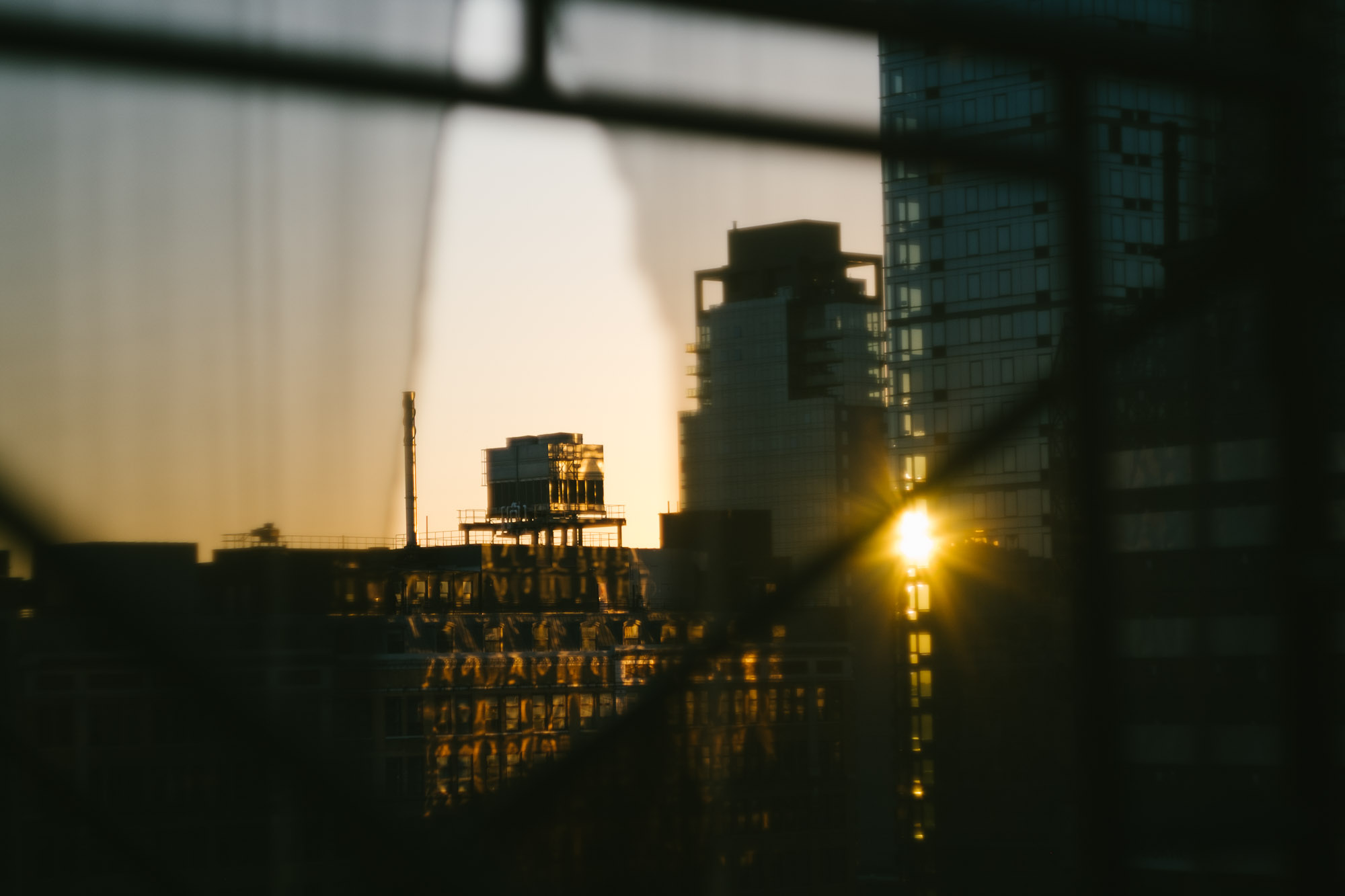
Final Thoughts on the Helios 44-4
It’s fun to talk about gear. It’s fun to drool over the latest technological advancements. It’s fun to imagine what kind of photos we could create if we had a limitless budget. But price points are a very real barrier to many talented photographers. That’s why I give extra high marks to camera equipment that’s accessible to everybody.
The Helios 44-4 can be found online with an adapter to any camera body – Fuji, Sony, Panasonic, Olympus, Canon, Nikon, and more – for under $50. Compare that to the modern, AF-enabled $850 Fujinon 90mm f/2, and the value proposition of the Helios becomes abundantly clear.
Accessibility aside, the optical quality speaks for itself.
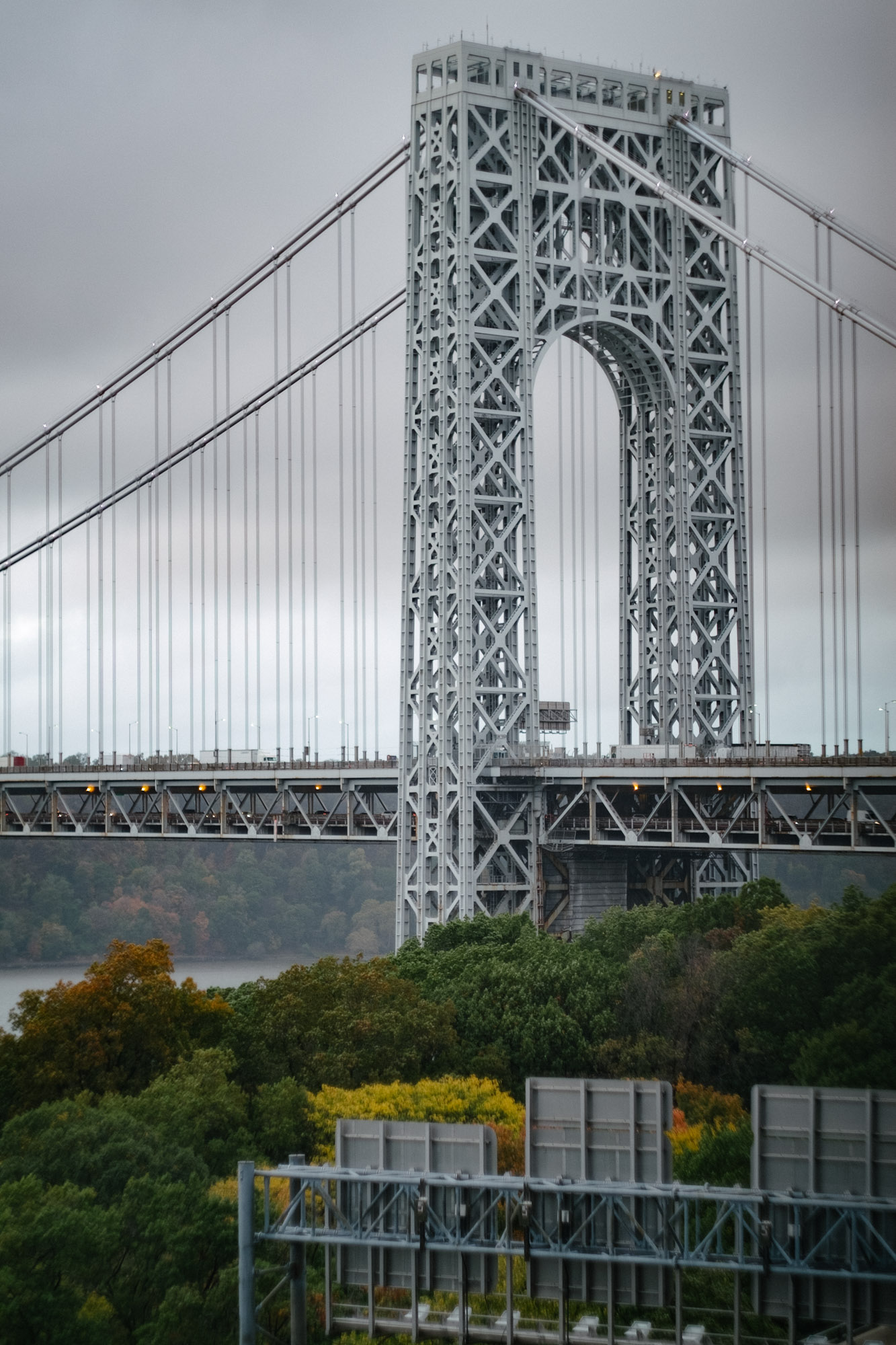
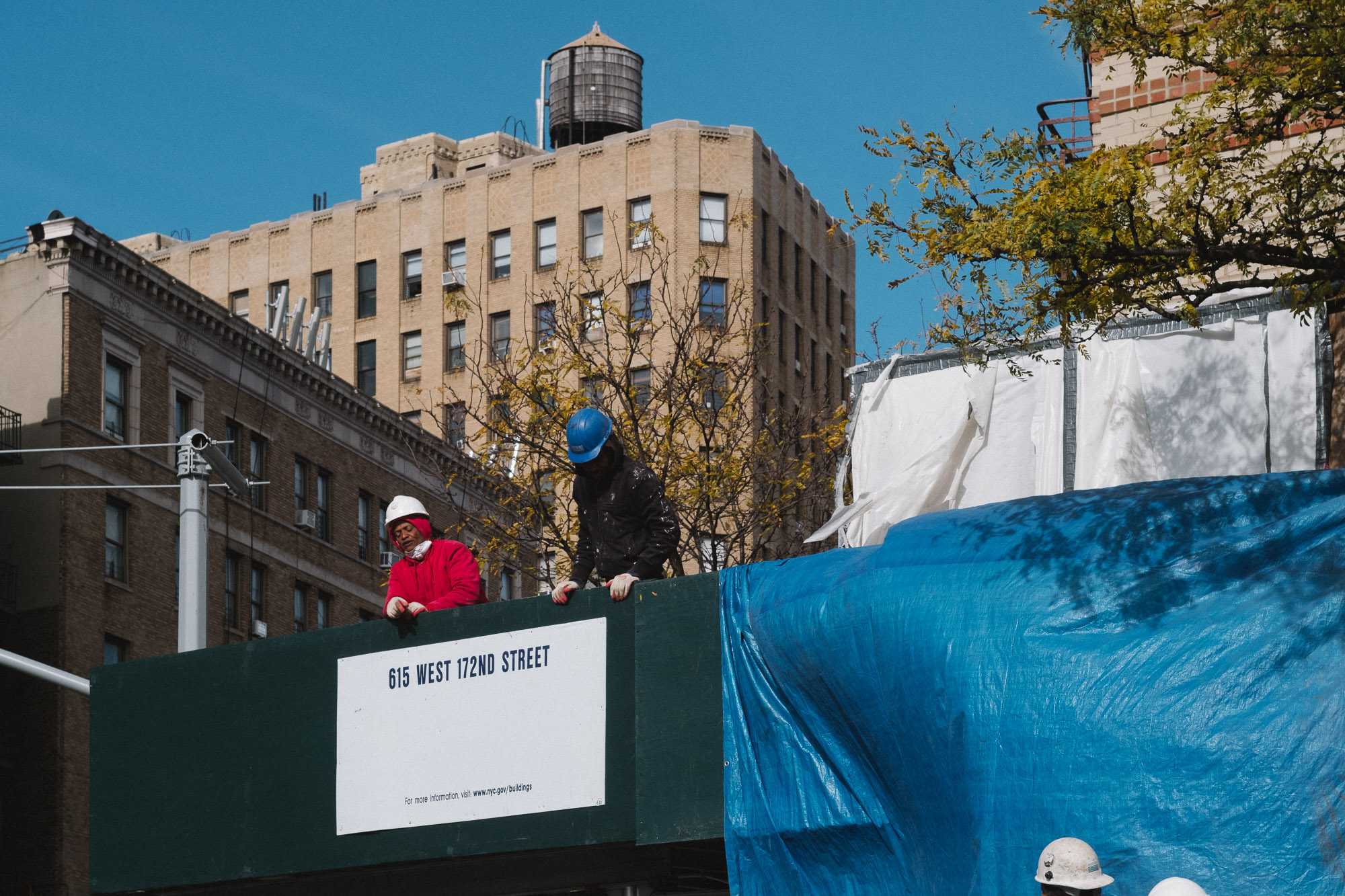
The Helios 44-4 isn’t a gimmick lens, and it isn’t just about the swirly bokeh. I haven’t found the dreamy, hazy look of this lens anywhere else. After heavy use, it’s become part of my Fuji holy trinity of budget lenses, joining the Rokinon 12mm f/2 and the Fujinon XF 35mm f/1.4.
You can pick one up yourself from Amazon or Ebay.

JOIN OUR FACEBOOK GROUP
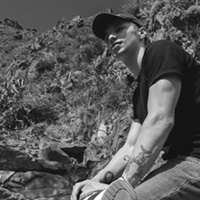
Shark & Palm is a lifestyle magazine for photographers. You’ll find digital and film camera reviews for the gear heads, editing and design tutorials for the image makers, and marketing inspiration and business advice for the careerists. Shark & Palm aims to be a trusted destination for all creative professionals in the photo and video sector, and our editorial purview reflects the diversity of the industry. The writers behind Shark & Palm are based between New York and Los Angeles. We work professionally in the creative industry between technology, marketing, and music/entertainment.

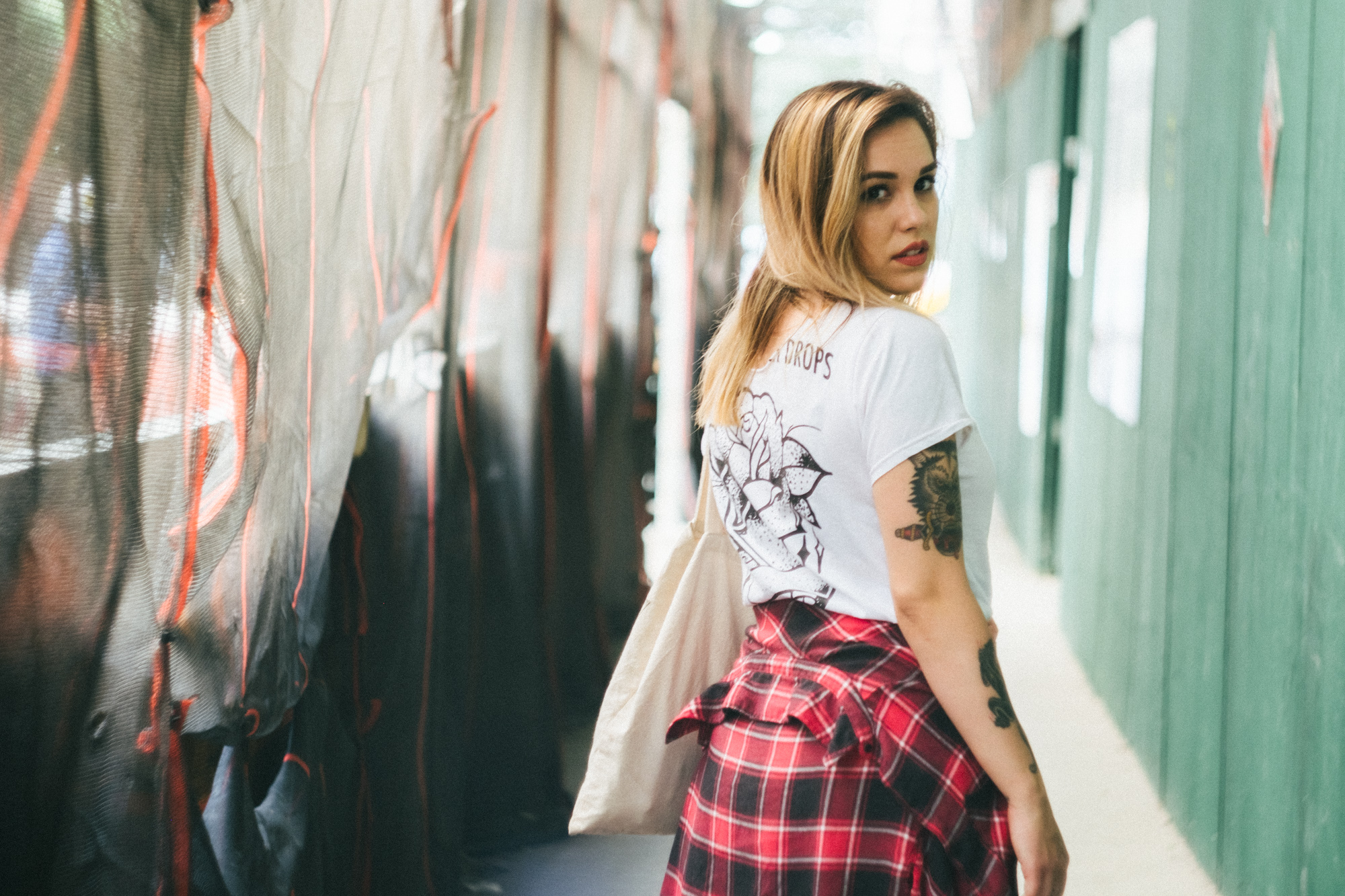

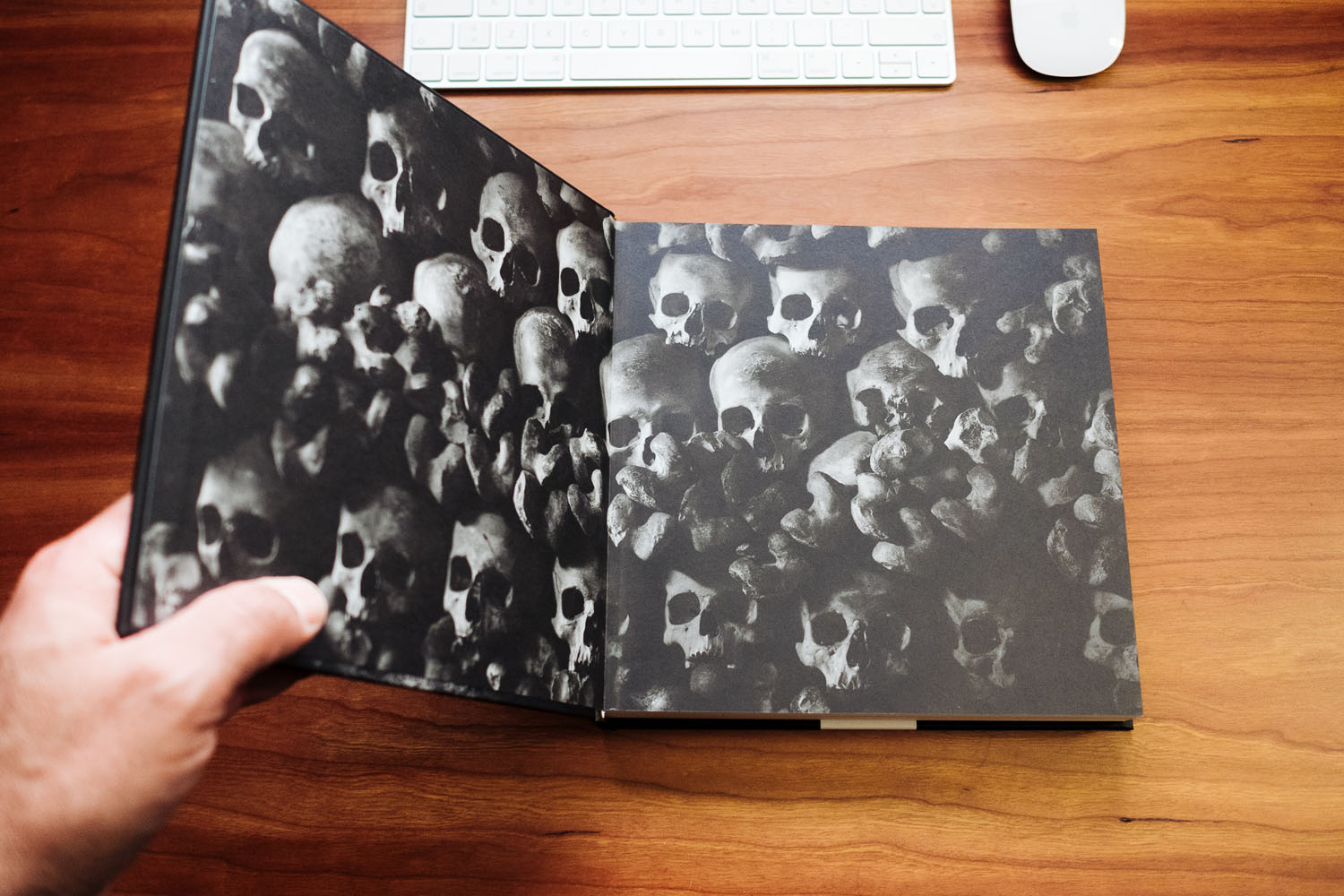
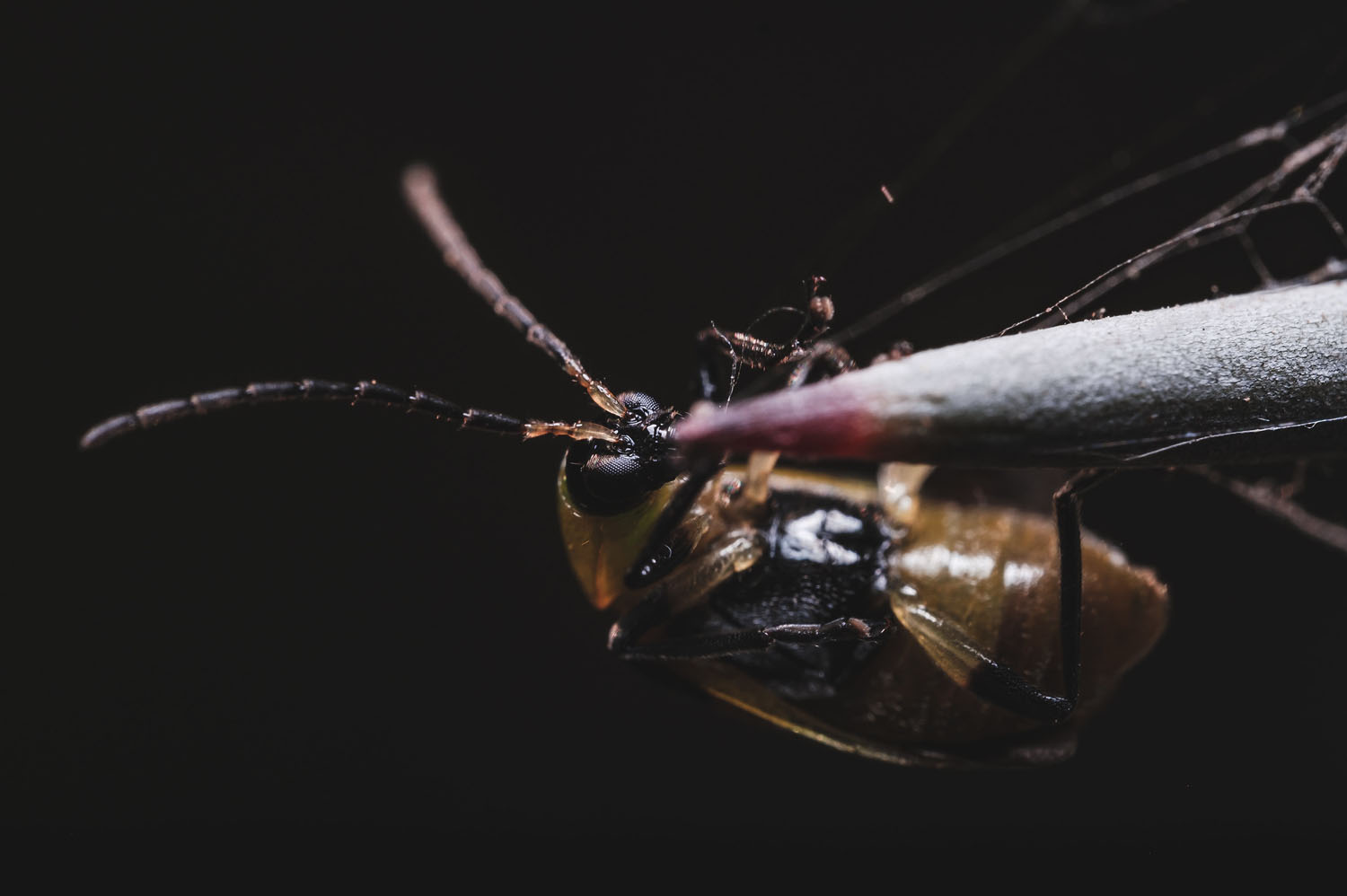
Martin
February 7, 2022 @ 8:56 pm
I found Helios 44-2 in my case very interesting lens for landscape. Pictures taken with it are outstanding. The only reason I do not use often, is AF missing. Pretty a lot of my pictures I took with this soviet lens, including attached one as an example 🙂 . Need to mention I prefer use f8 of aperture, than this lens rocks sure.